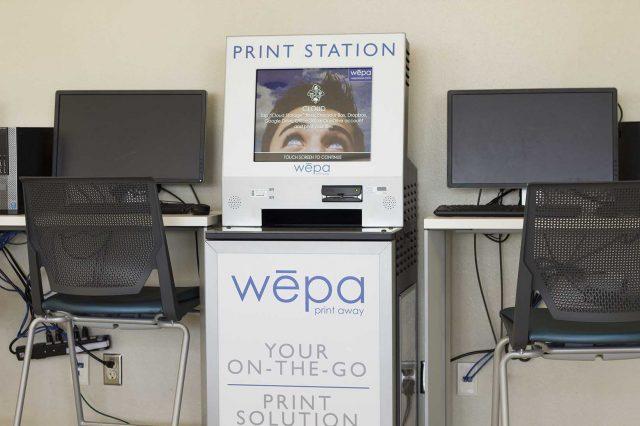By Kristine Collins/ reporter
Joe Rodriguez, NE financial aid specialist, sat down with a few students Nov. 28 to help them better understand the process of tracking their loans and knowing what they owe.
Before students apply for loans, they go through a process called entrance counseling, where a counselor or advisor teaches them the responsibilities of borrowing a student loan, Rodriguez said. They learn their interest rate, eligibility limit and payback time.
“One thing a lot of students do is take the full amount that is offered to them, even when they don’t need the entire amount,” he said. “I stress to students all the time, ‘If you don’t need it, don’t borrow it. Only take what you need.’”
Students can receive two types of loans: federal or private.
Federal loans come from the government. Students can apply for federal loans at www.studentloans.gov or www.fafsa.ed.gov.
If students get a federal loan, they need to make sure it is paid back on time.
If they miss payments, the loan will go into default, which means the government can garnish their wages and the students may never be eligible for another loan again, Rodriguez said.
“I have heard of people getting their entire income tax taken away, their paychecks taken away, even child support taken away if the students do not pay their federal loans,” he said.
Private loans are another type a student can apply for. These are usually funded from banks or credit unions.
Rodriguez said these are just as important as a federal loan. They also need to be paid back and on time, or it can ruin a student’s credit.
Credit scores range from 300-850, the higher the number the better the credit. Bad credit can keep a student from buying a house or even getting a job.
As much as a loan can hurt a student’s credit if it is not paid, having a loan and paying it on time can build a student’s credit just as fast, Rodriguez said.
Students can get a free credit report by visiting www.annualcreditreport.com.
“I never knew how much a loan could be such a positive or a negative, if not paid, toward my credit,” NW student Becci Culwell said.
Once students have completed college using a loan, they are asked to sit down once again for exit counseling.
This time, the advisor goes over all the terms and agreements they made when signing for the loan.
Another option that many students use is a Pell Grant. The government sets aside an amount of money for each person that qualifies. It is basically money students do not have to pay back.
Once the student uses up all the “free” money, then they will have to pay out of pocket or get a loan, Rodriguez said.
Students can get more information by visiting the National Student Loan Data System at www.nslds.ed.gov. This website provides all the information needed about loans a student currently has.
Before a student thinks about applying for a loan, federal or private, students should try talking to a financial aid advisor, Rodriguez said.
With so many options, he advised studying them so students can make the right decision.





























